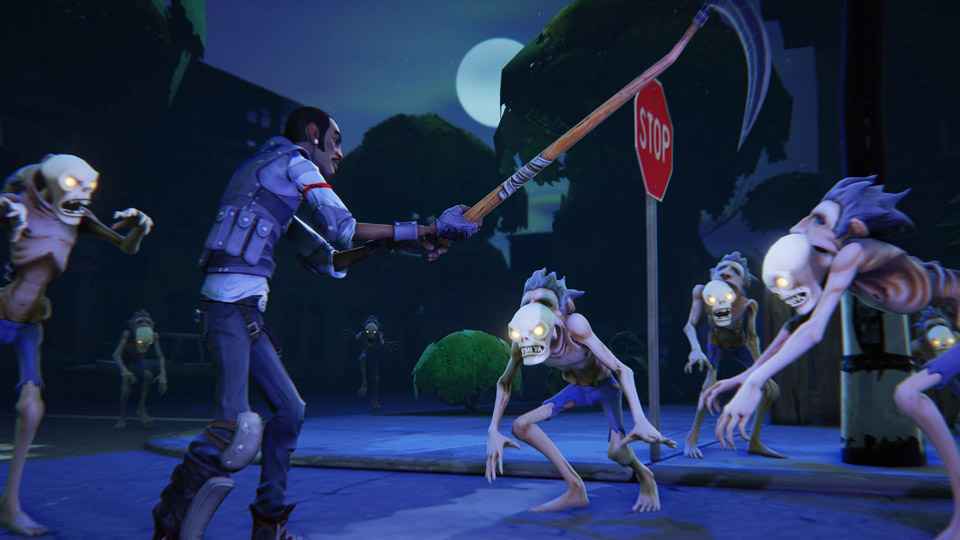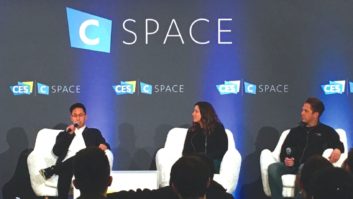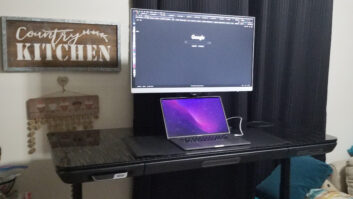
Global software spend across all gaming platforms (mobile, PC and console) was expected to reach $132 billion in 2018, according to the latest research from Futuresource. While there is some overlap between the three platforms, they each offer very different gaming experiences.
Mobile is the fastest growing and largest sector of the global video games market, and this year $63 billion will be spent on buying games, downloading additional content (DLC) and subscriptions for that channel. What is most staggering about mobile gaming is that last year it accounted for 48 percent of total worldwide video gaming spend, significantly more than console and PC, with DLC accounting for 90 percent of total mobile spend.
See also: 10 Things Retailers Should Know About Holding An eSports Tournament
At the end of 2018 there was an estimated 4.1 billion smartphones in use around the world, offering an enormous addressable market. Furthermore, global gaming preferences are converging, therefore content no longer needs to cater specifically to one market, country or cultural group. Take “Candy Crush Saga”: launched in November 2012, it remains a Top 5 grossing app each month in the U.S., U.K., Australia, Germany and many other countries. It is also in the Top 100 grossing apps for leading Asia-Pacific markets Korea, Singapore, China and Japan, all with vastly different cultures than the Western markets the game was launched in.
In addition to its enormous reach, the mobile handset is now a powerful gaming device, with current, top-end smartphones now achieving more than double the graphics performance compared to the last console generation of the PS3 and Xbox 360. However, this is peak performance and very few mobile games are developed to max out these high-end phones. Mobile game publishers need to serve a wide range of devices of various capabilities, as well as consider battery constraints and overheating.
In emerging markets such as India and Southeast Asia, Futuresource highlights the critical opportunity presented by these “mobile first markets” — an important stage to consider in the consumer gaming adoption process. Mobile is typically the first step taken by emerging market consumers into gaming, and their thirst for ever greater and immersive gameplay fuels progression into higher-value console or PC gaming. This is excellent news for major video game publishers.
Stay up to date with all things CES-related with one-click access to our CES Hub.
Console gaming appeals to a more casual gamer and remains limited to a few Western markets where consumers want a more involved and social experience compared to mobile. The market has seen the introduction of new and updated consoles with the Xbox One X, Nintendo Switch and PS4 Pro all helping to lift sales, with software spend in 2018 expected to finish up 15 percent, to $36 billion.
However, with new PlayStation and Xbox consoles expected to launch within the next two years, this market may likely be driven to new levels, especially as console gaming is beginning to learn some tricks from smartphone gaming. While we have seen rising revenue for console games driven from DLC, they have until recently always included an up-front purchase cost of up for $60 a title, and as such DLC is just 15 percent of the total.
Mobile games are typically free at the point of downloading, and the secret sauce of monetization for publishers lies in many (many!) small transactions, driving significant revenue from a large-scale installed base. “Fortnite” remains a global phenomenon and at its peak was raking in $350 million a month in revenue from DLC (PC and console formats predominantly, but mobile also included). This business model has therefore been proven, and as such represents an exciting new chapter in console monetization.
Meanwhile, PC gaming remains the pinnacle of the gaming experience, with the quality of gaming possible on a PC set-up vastly outperforming consoles. However, PC gaming is expensive; to achieve the same quality of gaming found on an Xbox One X, the Windows PC hardware setup would cost approximately $1,000, or more than twice that of the console. As such, PC gamers are heavily- invested high spenders, and global consumer spend on PC gaming was expected to reach $32 billion by the end of 2018.
See also: Evolution Of A Channel: Gaming Retail
PC gaming is 84 percent digital (vs. disc), and unlike consoles has drifted further along the spectrum towards mobile in terms of the market composition, with DLC accounting for 57 percent of consumer spend in 2018.
PC gaming is also the platform that is benefiting most from the increasing wave of interest in eSports. Indeed, the largest eSports championships in terms of prize pool are PC based, with The International 2018 (Dota 2) amassing a prize pool in excess of $25 million. By comparison, the next largest tournament, League of Legends 2017, exceeded $5 million. Gaming is therefore becoming a popular pastime as a video service. The rise of eSports means that gamers are increasingly spending time watching eSports competitions, but are also spending time watching amateurs or professionals playing just for fun, as 630 million hours of “Fortnite” were watched on Twitch in the first half of 2018 alone.
Which platform will come out on top? Let the games begin.
Tristan Veale is a market analyst at Futuresource Consulting.













